What is happening in environmentalism in Iceland? Icelanders are lucky that all manufactured electricity in Iceland (or 99.99%) is green and renewable.
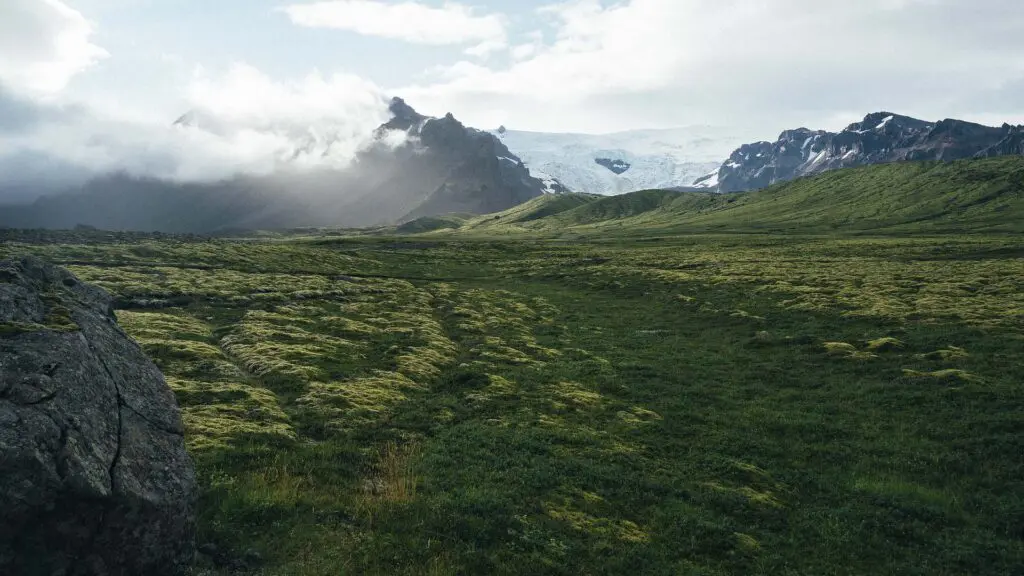
Most of the electricity manufactured is either hydro or geothermal, but there are a few wind turbines as well. Their number will most likely grow in the coming years. Solar cells are not used to generate electricity in Iceland. It is simply not viable since there is so much darkness here half the year.
Energy Exchange – No Fossil Fuel in the Future
Actions to increase the percentage of renewable energy sources in Iceland’s energy economy fall under energy transition. The portion of renewable energy sources is one of the highest known in Iceland. The government has set a goal to increase the percentage in the coming years. This goal setting and action plan are further elaborated in the parliamentary resolution from 2016 on the action plan for the energy transition.
All fossil fuels used in Iceland are imported. With economic incentives, efforts have been made to increase domestic, ecological energy sources and find ways to reduce fuel consumption.
In development are cars that run on hydrogen, electricity, both electricity and gasoline, ethanol, methanol, butanol, methane, E85, biodiesel, and even compressed air. However, the technical implementation is different in each case, and it can also be said that the possibilities are different for Icelandic conditions.
Everyone in Iceland has the chance to recycle
All municipalities in Iceland have recycling regulations, and everyone has recycling bins outside. How well people use them is another story, but most Icelanders are good at recycling. Bottles, plastics, and papers are the things people recycle the most, as well as clothing (which is generally given to the Red Cross).
Inspired by Iceland – How to Travel in Iceland
You might have seen some of the videos from Inspired by Iceland. They are made to introduce foreigners to Iceland and show them the best way for them and us to travel here. Most videos include best practices and what to do when in Iceland. What should you pack, for example, and don’t step on the moss. The most important one is to drink kranavatn – tap water. There is no need to buy bottled water in Iceland. Water is free and clean.
Carbfix – Turning CO2 into Rocks
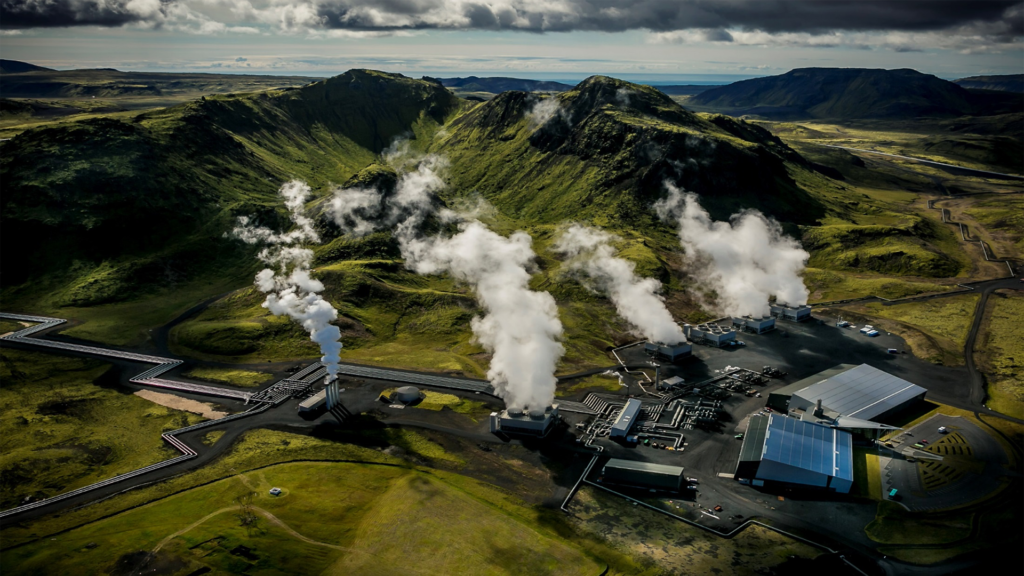
There are a few companies whose sole purpose is to reduce pollution. Carbfix was one of the first such companies in Iceland. Carbfix is pioneering the process of rapid underground mineralization of CO2, turning otherwise emitted CO2 – or CO2 captured directly from the atmosphere, into stone to mitigate climate change. They say they are not the ultimate solution to climate change but rather one of the methods that can be used to tackle global warming. Of course, a large part of environmentalism in Iceland and the world is reducing CO₂ in the air.
Coda Terminal – Cross-Border CO₂
The newest venture of Carbfix is the Coda Terminal. It is a cross-border carbon transport and storage hub in Iceland. CO₂ is captured at industrial sites in North Europe and shipped to the Terminal, where it is unloaded into onshore tanks for temporary storage. Then they inject the CO₂ into a network of nearby injection wells, where it dissolves in water before being injected into the fresh basaltic bedrock. It remains trapped in the carbonated fluid and transforms into solid minerals in less than two years.
You might wonder why we’re transporting carbon dioxide to Iceland. COda Terminal says we’re all in this together and all have the same atmosphere.
Climeworks – Air Purifying Plant
This is one of the newest actions in environmentalism in Iceland. Climeworks opened an air-purifying plant called Orca in late 2021. Their facilities consist of eight collector containers, with an annual capture capacity of 500 tonnes each. The containers are arranged around a central process hall that accommodates all electrics, such as the processing unit, allowing us to operate and control the facility from afar.
Hellisheiði Geothermal Power Plant provides the heat and electricity required for direct air capture.
You can read more about the project here and support it if you want.
Pure North – Environmentally Friendly Recycling
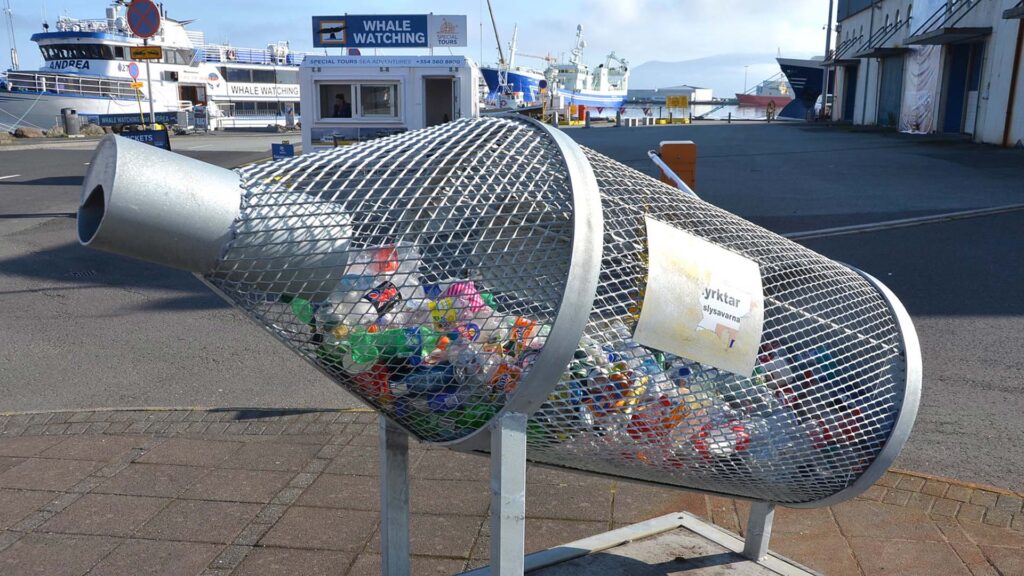
As we all know, the planet is drowning in single-use plastics. Plastic takes forever to break down if it does at all, and then it only breaks down into smaller pieces. Now, microplastics have been found in almost every aspect of our lives.
So, what can we do? We can, of course, buy less and consume less. But there will always be some plastics, and we have already used them a lot. There are a few plastic recycling plants, but the plastic is burned for energy production in many cases.
Pure North say they have created one of the world’s most environmentally friendly recycling processes. Their process has an 81,7% lower carbon footprint than the average EU recycling process.
They recycle plastics from waste to raw material, making them the only end-to-end plastics recycler in Iceland. Their methods are chemical-free, which is unique worldwide, as geothermal energy is used in the recycling process. So, their goal is to create an actual cyclical system, enabling Iceland to become truly sustainable with its own circular economy. Recycling and reproducing products with its own local recycled materials.
Vakinn – Official Quality and Environmental Certification
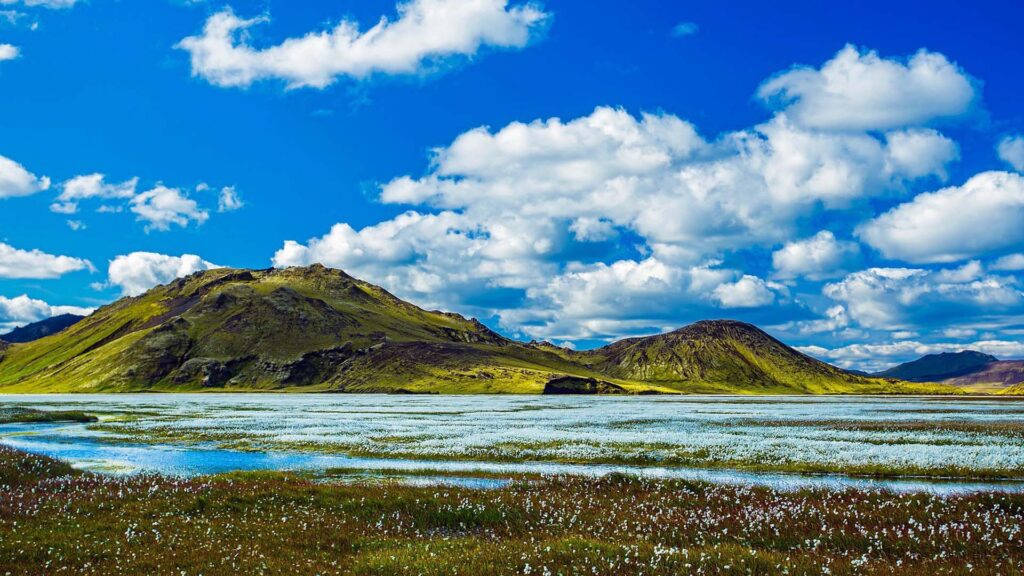
Vakinn is the official quality and environmental certification for Icelandic tourism and is run by the Icelandic Tourist Board. The certificate is based on the Qualmark – New Zealand’sZealand’s tourism’s official mark of quality. However, the system has been adapted to Icelandic conditions. On the other hand, the Vakinn hotel rating criteria are composed according to the European Hotelstars system.
For the travelers, Vakinn certification means that:
- Certified businesses operate in an ethical, professional, and environmentally sustainable way.
- Accredited companies have required systems and policies for a safe and happy holiday in Iceland.
- You make a better choice.
- You can book with confidence.
For the travel trade, Vakinn provides:
- Quality and environmental criteria, approved by specialists in the field, are the basis for third-party audits.
- Confirmation that the company demonstrates professionalism and integrity in quality and environmental work.
- Increased likelihood of fulfilling visitors’ expectations.
- Competitive advantage and professional credibility.
Then there are the governmental bodies, which are essential but extremely difficult to make sexy. We still decided to include a few words about them.
Ministry of the Environment
The Icelandic Ministry of the Environment, Energy and Climate formulates and enforces the Icelandic government policy for environmental affairs.
The ministry supervises affairs about:
- Nature in Iceland
- Conservation and outdoor recreation
- The national parks of Iceland
- Climate change
- The protection of animals
- Wildlife management
- Pollution prevention
- Planning and building matters
- Fire prevention
- Weather forecasting
- Avalanche protection
- Surveying and cartography
- Forestry and soil conservation
- Environmental monitoring
- Surveillance
The Icelandic Tourist Board
The Icelandic Tourist Board is an independent authority under the Ministry of Industries and Innovation. The Act on the Icelandic Tourist Board and the Act on Package Travel and Linked Travel Arrangements regulate the board’s activities.
The ITB monitors and promotes tourism development in Iceland, a critical and sustainable pillar of the country’s economy. It keeps in mind the carrying capacity of Icelandic nature and society. Government policy facilitates coordination, analysis, and research in the tourism sector.
The Environment Agency
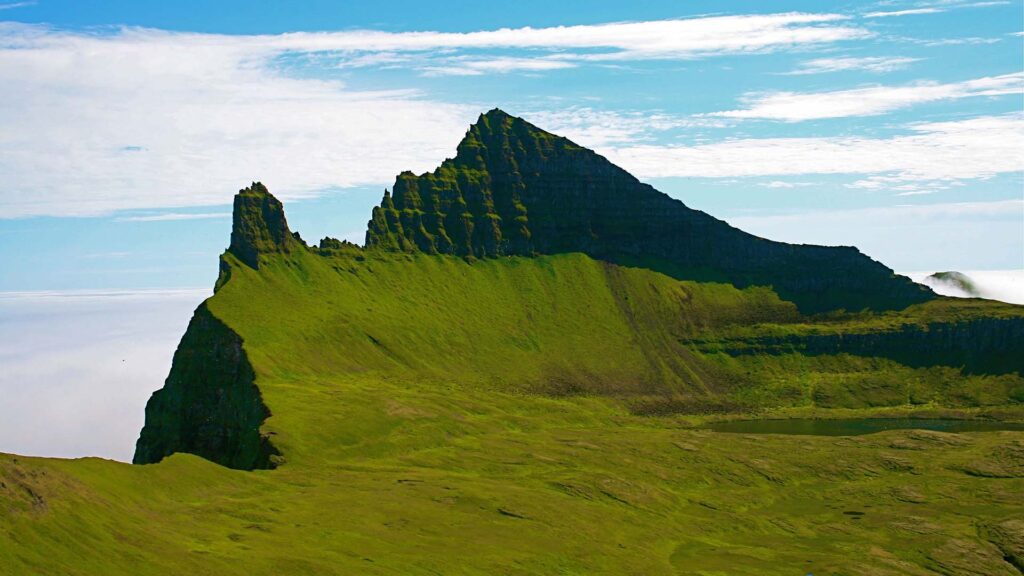
The Environment Agency of Iceland operates under the direction of the Ministry of the Environment, Energy and Climate. Its role is to promote the protection and sustainable use of Iceland’s natural resources and public welfare by helping to ensure a healthy environment and safe consumer goods.
Please signup HERE for our newsletter for more fun facts and information about Iceland!

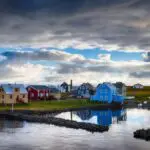
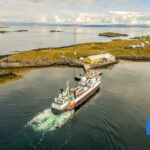
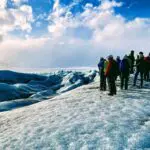
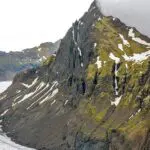
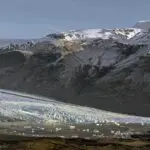
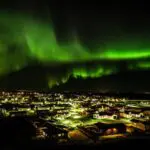
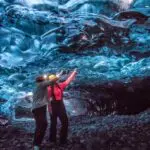
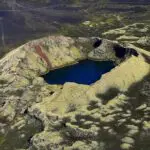

Great article. I think Pure North is doing a great job in reducing plastic waste. On the other end I think there is still a lot more to do in using the energy resources Iceland has to reduce hydrocarbon emissions.